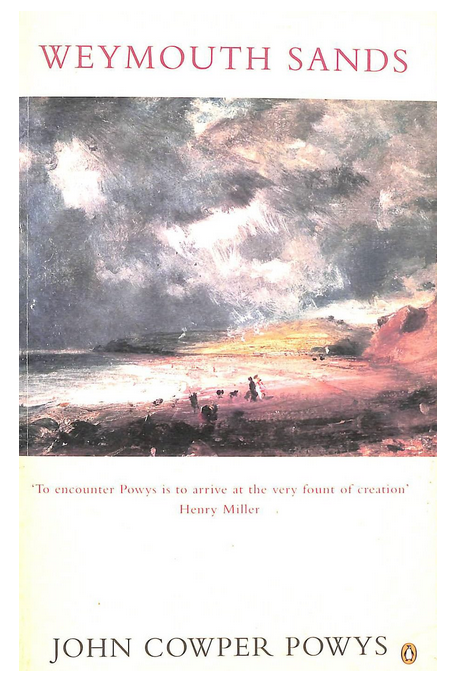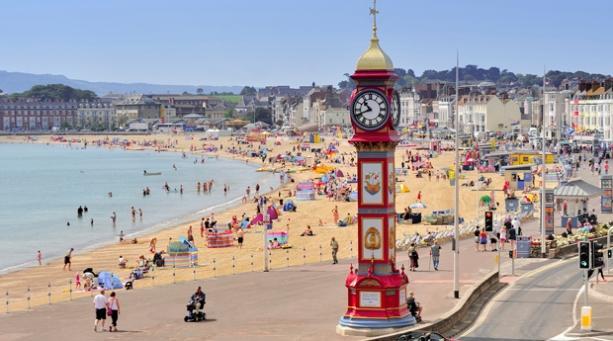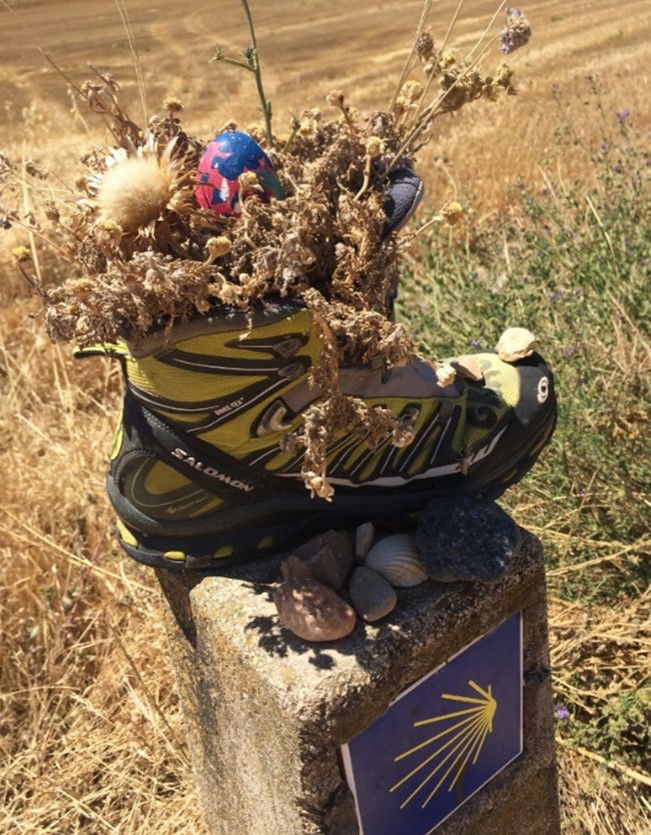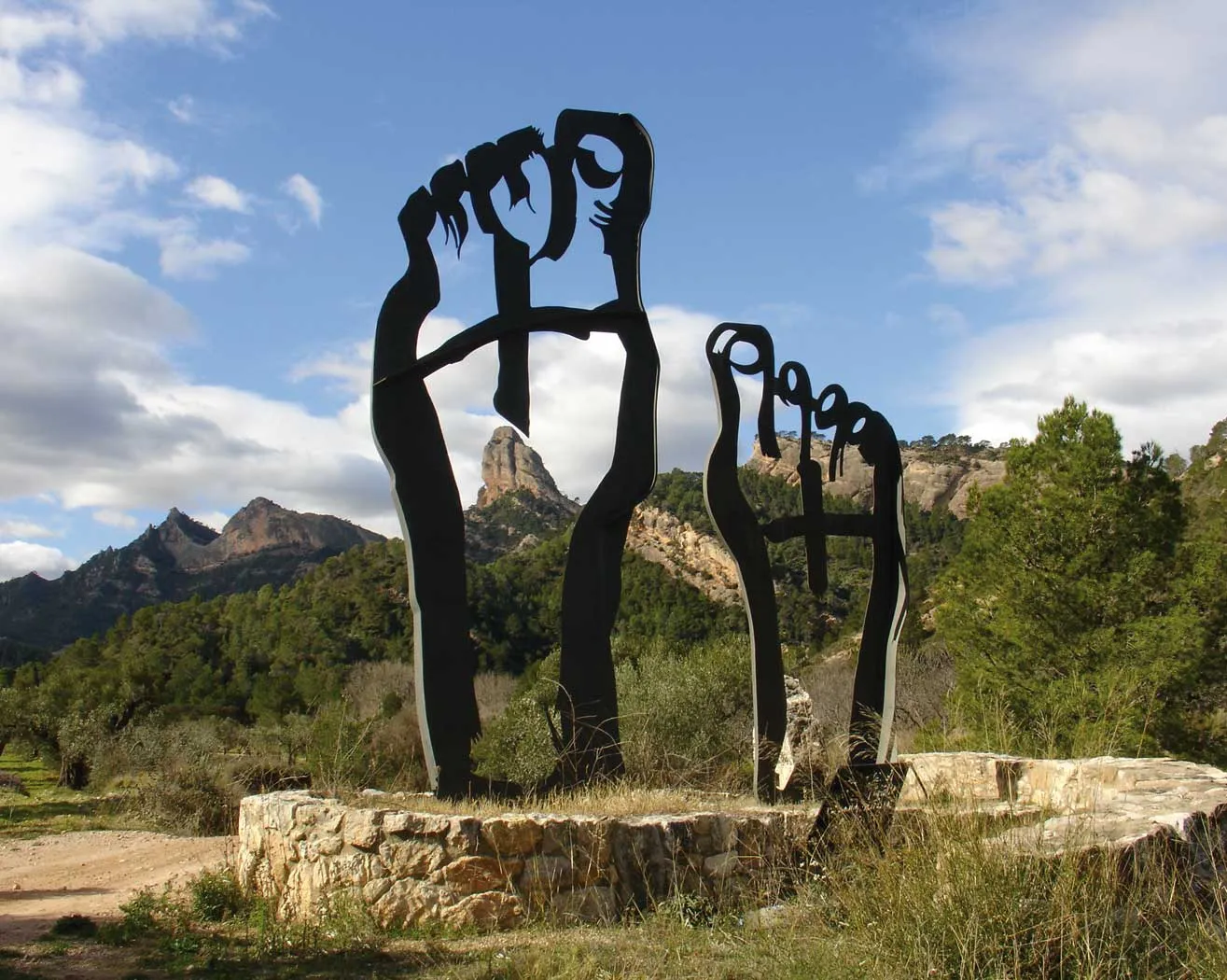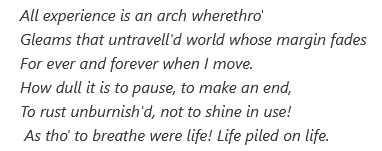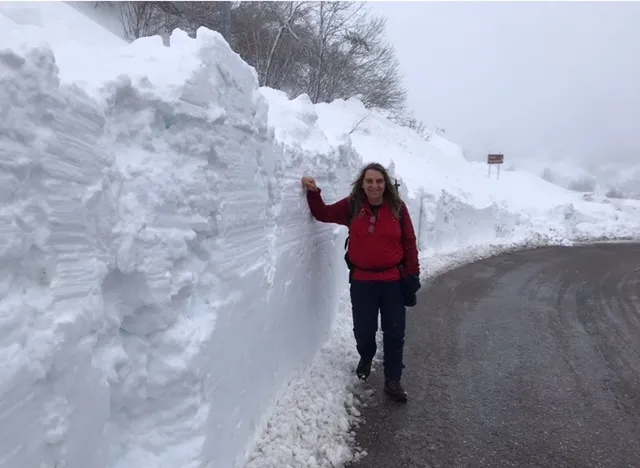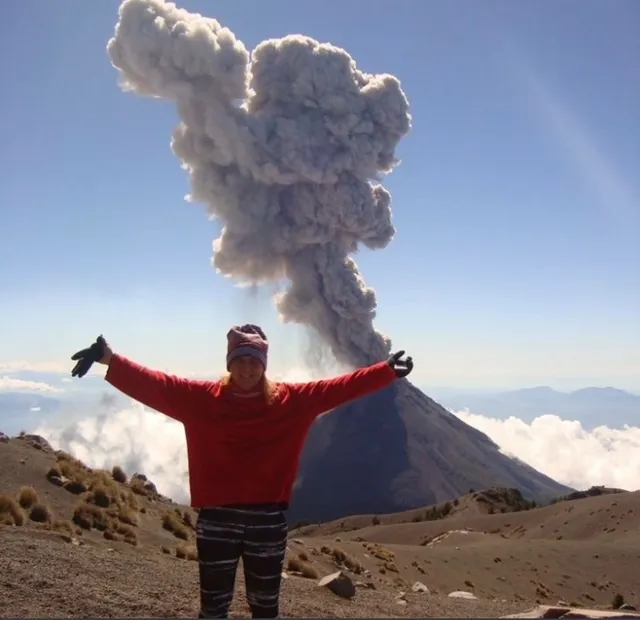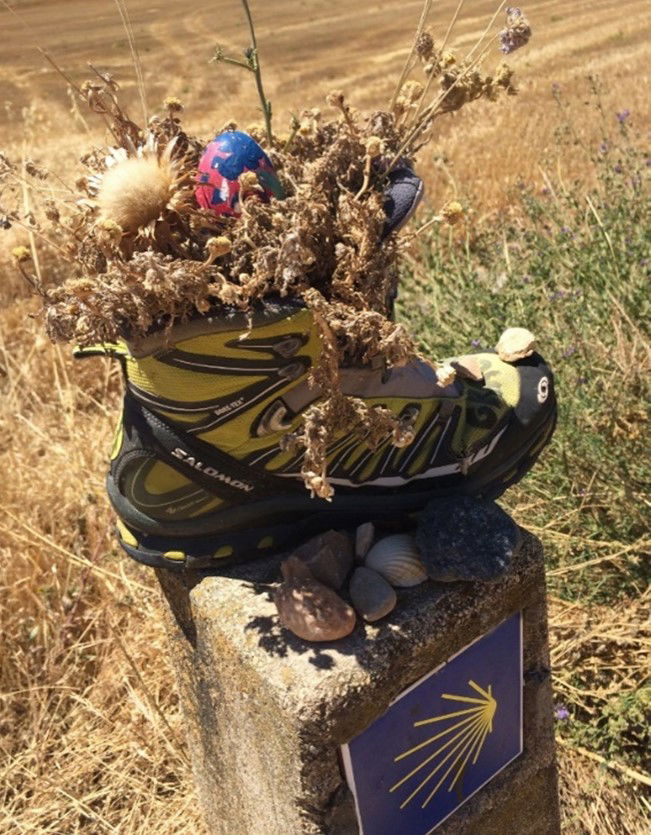
It’s already day 5 of I will walk 5000 miles and after enjoying a long weekend of fine Dorset hiking with The Mucker under blue skies and warm, early summer sun my numbers have taken a knock due to teaching and examining commitments. But fear not, normal service will be resumed tomorrow and then there’s twenty-four cross-London hike over the weekend. I’m licking my lips in anticipation.
Before documenting, for posterity, the first 43 of the five thousand miles I want to provide a little context and explain the method. When I first envisioned this project my intention was to sever all professional commitments on 1 June 2025 and devote every single day of the following 365 to walking, covering a daily average of 21.9 kilometres or 13.7 miles. But when I realised that, having walked 5000 miles, I would have to walk 5000 more, the dreams of a labour-free utopia began to fade like a Brocken spectre dissipating in the mist. Fortunately my line of work allows me to rove around the world as a digital nomad and, to a large extent, draw up my own timetable so, during periods of employment, I shall toil in the morning and trek in the afternoon.
Geographically, I will walk 5000 miles, will range widely from the UK and continental Europe to Mexico and Central America, there will be volcanoes, earthquakes, tropical rainforests, mountains, deserts and plenty of urban explorations. Spain will be a focus but I will be venturing into eastern Europe and hopefully Morocco. For the time being, however, due to having to keep an eye on my elderly parents, I’ll be spending more time in the UK in general, and Hertfordshire in particular. This isn’t a problem, there’s no such thing as bad hiking country and all landscapes reveal themselves with extensive ambulatory examination. Besides which, this is an autobiographical project and it was here, in Hertfordshire, back in the late 1970s/early 1980s, that my schoolteachers fostered my love of walking. Following Nick Papadimitriou’s excellent – and wonderfully bonkers - Scarp, I shall attempt to get under the county’s skin, unearthing personal memories as well its geology and soils.

It was never my intention to set out, like Laurie Lee or Patrick Leigh Fermor or, indeed, Frodo Baggins, and follow a single trajectory. Most of my walks will be day-hikes with the occasional Camino, pilgrimage and long distance thrown in. I want to push myself physically so there’ll be several twenty-four hour hikes and at some point I’ll attempt to cover one-thousand kilometres in a month. I know it sounds a tad anal but distance matters.
And so does time. In an ideal world this would project would come to an end on the evening of 31 May 2027, as I notch up my ten thousandth mile, preferably where it all began on 1 June this year. But I’ve just turned sixty, my parents are in their eighties, I have no idea what ailments might befall us over the next two years. So I’m going to take this one step at a time. Literally.
